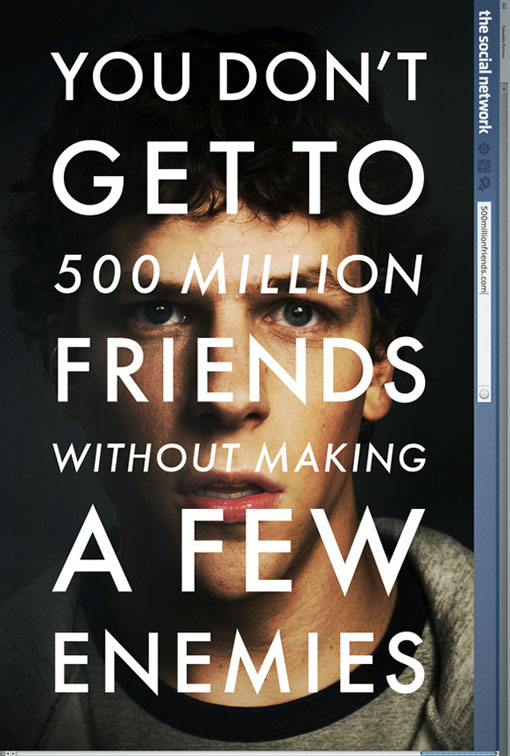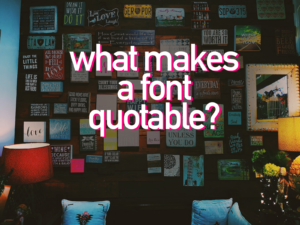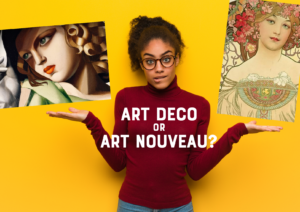When I first posted my Minted challenge favorites last week, I had no idea that the resulting conversation would take the course it did. That post generated the most comments we’ve ever had on any given entry, which made it pretty clear that people want to talk. So this seemed like the perfect time for us to start the Let’s Talk series—something I’ve been planning to start for quite awhile—to continue the conversation.
Before I throw in my two cents, let me get this out of the way—I am in no way an expert on copyright or plagiarism. I have my own opinions, but I definitely have more questions than answers, which is why I’m especially curious to hear what you all have to say.
These days, with most artists having multiple online homes, it’s become easier and easier for those who don’t have ideas of their own to steal from others. Clearly a huge problem. And it’s a topic that artists are definitely concerned about, as blogs like You Thought We Wouldn’t Notice have cropped up to document this very thing.
But at the same time, it seems to me that we’ve also become hypersensitive to potential copyright infringements. I’ve been seeing more and more comments that go something like, “This looks like this…” with a link to some other piece of artwork they think the posted work has been stolen from. Granted they may be right, but what if they’re not?
When it happens on this blog it puts me in a strange position. I do my best to post work that is original. But since we are bombarded with with thousands of images every day (from places like this very blog), it’s virtually impossible—from a timing standpoint as well as a purely informational standpoint—to trace every single piece of work’s history. It also puts the artist in a position where they’re forced to defend themselves (if they even see the accusation) in a very public forum.
Most recently I’ve seen this in regards to The Social Network movie poster. Half of the comments on the various blogs where it’s been featured link to pieces of work that look somewhat similar (see below). And most of the time I sort of see their point. The examples are other layouts—book covers, posters, whatever—that also feature a tight crop of a face underneath white typography.


Mind you, I’m part of the camp that thinks the Social Network poster is smart, well-designed and eye-catching. Maybe white type on top of a photo isn’t the most original idea. But is it that impossible to think that another designer arrived at the solution to layer white type over a headshot without consciously ripping off another piece of work? And don’t the other elements on the page—the Facebook bar etc.—add originality to the design solution?
This is just one example. But I find that the same type of questions keep coming up.
Blatantly stealing someone else’s work is always wrong. Being inspired by those you admire is not, and I think this is where the line gets blurry. When it’s not obvious, how can you take a piece of work at face value and know whether the artist came to that conclusion entirely on their own, whether they outright stole another artist’s work, or whether they were subconsciously influenced by the work after seeing it online?
So how do we prevent people from stealing our work and the work of others without being so quick to assume the worst? And where do we draw the line on a piece that is inspired by versus a rip-off? What do you all think?



